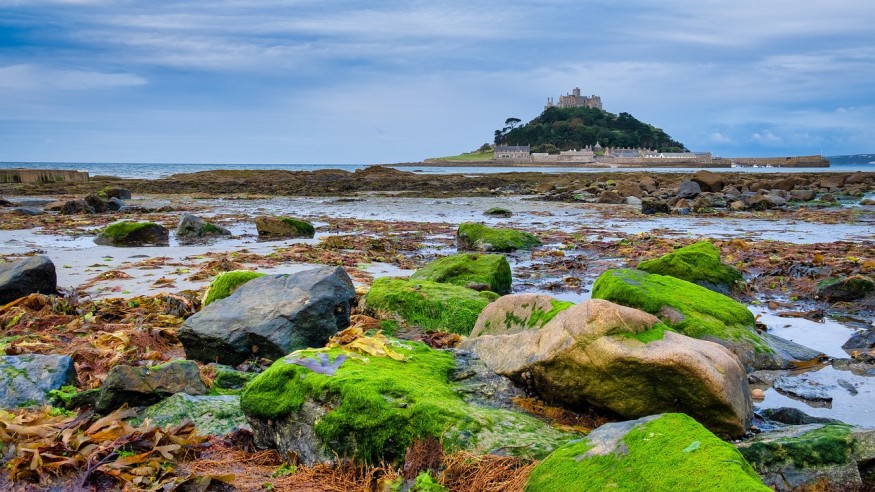Seaweed has taken over some coastal shores along Florida, as well as in Mexico and parts of the Caribbean region, according to reports over the past week.
The phenomenon is part of initial observations revealed as early as April 2023.
In particular, the sargassum seaweed has been involved in this "beach invasion" with no critical impact the first-time reports about it came out.
However, a new report suggested that the macroalgae washing up on Florida's shores this summer season could contain "flesh-eating bacteria."
This means that the pathogen is capable of consuming tissues, muscles, and other vital components of the body.
Now, health authorities are on high alert due to the Florida seaweed bacteria.
Identified as Sargasso Sea Vibrio bacteria, the microorganism's identification revealed from the said report is based on a study published last month led by an international team of scientists, including from the United States, Japan, and the Netherlands.
The team's main finding is that the bacterium has apparently learned a new skill to linger more onto plastic debris and seaweed.
Florida Sargassum Seaweed

A giant brown blob floating across the waters off Florida and its surrounding regions made the headlines in early May 2023.
Dubbed as "sargassum beachings," related incidents of seaweed accumulation have been reported in the southern regions like Jamaica, Puerto Rico, and the Hispaniola island, according to the National Public Radio.
Since May 2011, massive sargassum seaweed populations have emerged across the Caribbean Sea every summer season (except in 2013), according to the University of South Florida.
The exact origins and causes of the phenomenon remain unclear.
However, the university asserted it originated from the tropical part of the Atlantic Ocean and was a result of several factors ranging from climate, natural processes, and human activities.
Florida Seaweed Bacteria
Based on the study published in the journal Water Research on May 3, the said research team acknowledged the "underexplored" Vibrio bacteria when it comes to its potential to be pathovars in a perturbed habitat.
The identification is based on genomic sequencing from collected samples of plastic marine debris.
The team highlighted that the said bacteria has been around for ages and is not a new discovery.
However, they warned about its aggressive nature of better adaptation of "sticking around," Fox 35 Orlando.
There are no reported cases of human ingestion or acquisition of flesh-eating bacteria from the seaweed so far.
Nevertheless, the experts warn it could lead to "deadly consequences," the report said.
What are Vibrio Bacteria?
Vibrio bacteria pertains to a bacterium belonging to the genus Vibrio, wherein several species can cause foodborne infection, especially from undercooked seafood.
According to the Centers for Disease Control and Prevention (CDC), the bacteria can inflict the disease known as vibriosis, which has been responsible for an estimated 80,000 illnesses and approximately 100 deaths each year across the United States.
In addition to undercooked seafood, people can acquire vibriosis when they have a wound exposed to seawater containing the deadly bacteria, the CDC added.
© 2025 NatureWorldNews.com All rights reserved. Do not reproduce without permission.





